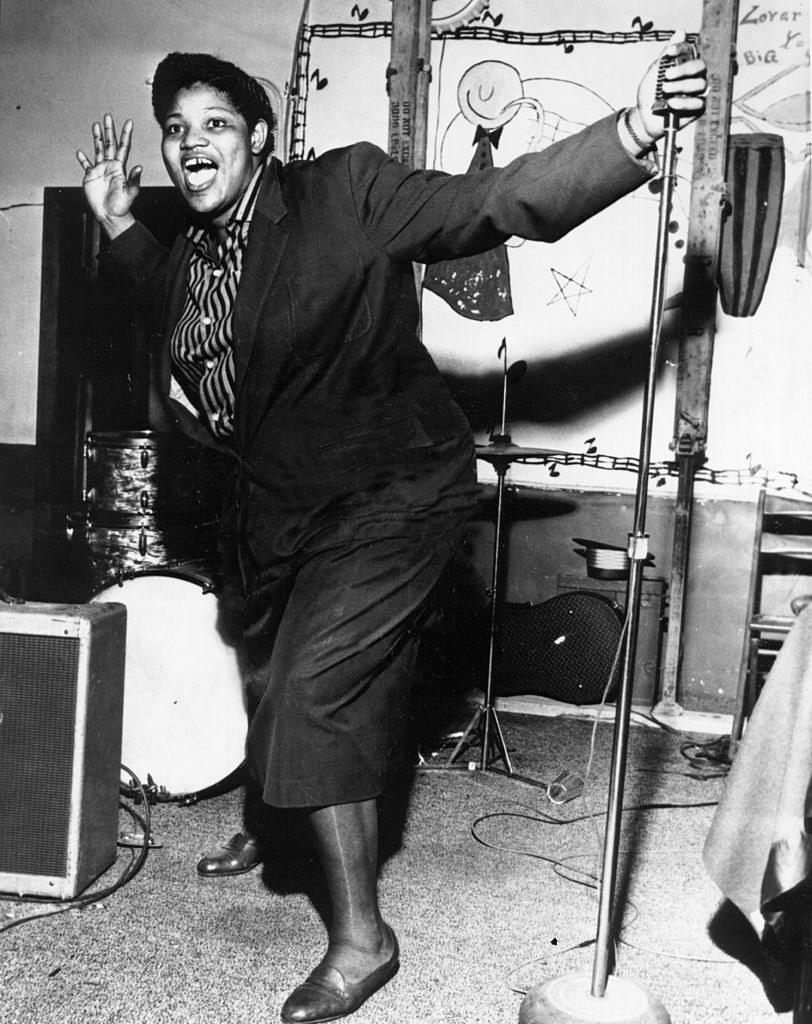20 Downright Fascinating Things I Learned This Week, From Details About John Lennon's Death To The Fact That Wine That Sunk With The Titanic Might Still Be Drinkable
- Oops!Something went wrong.Please try again later.
- Oops!Something went wrong.Please try again later.
- Oops!Something went wrong.Please try again later.
- Oops!Something went wrong.Please try again later.
- Oops!Something went wrong.Please try again later.
- Oops!Something went wrong.Please try again later.
1.In 2018, Barbra Streisand revealed in a Variety interview that two of her dogs were clones. After Samantha, Streisand's Coton de Tulear, died in 2017, Streisand reportedly had cells taken from Samantha's mouth and stomach to create clones of her beloved pup, which she named Miss Violet and Miss Scarlett. She told the magazine that she was "waiting for them to get older so I can see if they have her brown eyes and her seriousness." According to the New York Times, the cloning procedure likely cost between $50,000 and $100,000.
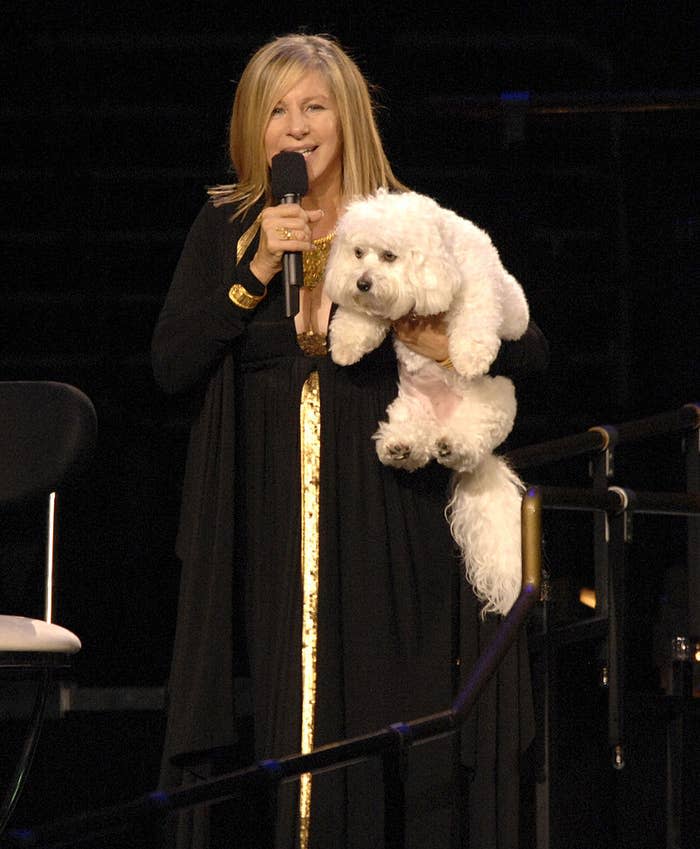
2.A Charlie Brown Christmas might have singlehandedly changed the artificial Christmas tree industry. Fake trees first rose to prominence in the late 1880s, when German companies began selling wire trees with goose feathers on the branches. By the late 1930s, some companies were attempting to develop metallic trees, with a 1937 Popular Science article telling families to spray their real trees with aluminum paint. Soon, the metallic tree trend was booming. In 1955, the Modern Coatings Company secured a patent to sell aluminum trees, but their iteration cost nearly $730 in today's money. Other companies decided to try their hand at the trend, and in 1959, engineers from the Aluminum Speciality Company developed a tree covered in foil needles that could sell for $25. The trees became incredibly popular, although they were a major fire hazard.
CBS / Via giphy.com
During the tree's peak popularity, production on A Charlie Brown Christmas was underway. CBS had written the special off as a flop before it even debuted. Despite their reservations, it became a massive hit, with over 15 million people watching the premiere. The special questions the consumerism of the holiday season, and features a scene with the Peanuts characters forgoing the popular aluminum trees for a droopy and rather sad tree. From this point, manufacturers noted drops in aluminum tree sales, and instead, started to create artificial trees that closely resembled real Christmas trees, complete with green needles instead of the sparkly versions. By 1970, the Aluminum Speciality Company halted production on all aluminum trees.

3.In 1948, Tony Signorini, who lived near Florida's Clearwater Beach, pulled off a pretty hilarious years-long hoax. One morning, a beachgoer discovered massive, three-toed footprints in the sand, with tracks later appearing at other local beaches. Months later, a New York zoologist named Ivan Sanderson decided to investigate, and surmised that the prints came from a 15-foot tall penguin. Decades later, in 1988, Signorini, who was known for being a prankster, revealed that he was behind the prints. He told local press that years before, he had seen an article in National Geographic about dinosaur footprints, and decided to make his own using massive iron feet attached to a pair of sneakers.

4.On December 8, 1980, John Lennon was murdered outside of the Dakota, his New York City apartment building, by Mark David Chapman, an obsessed fan who had been allegedly lingering outside the building all day. In fact, Lennon reportedly even signed a copy of his Double Fantasy record for Chapman earlier in the day. After Lennon was shot, he was immediately rushed to Roosevelt Hospital. Alan Weiss, a producer for a local news station, had gotten in a motorcycle accident earlier in the night, and just so happened to be waiting at the hospital on a gurney when Lennon was rushed in.
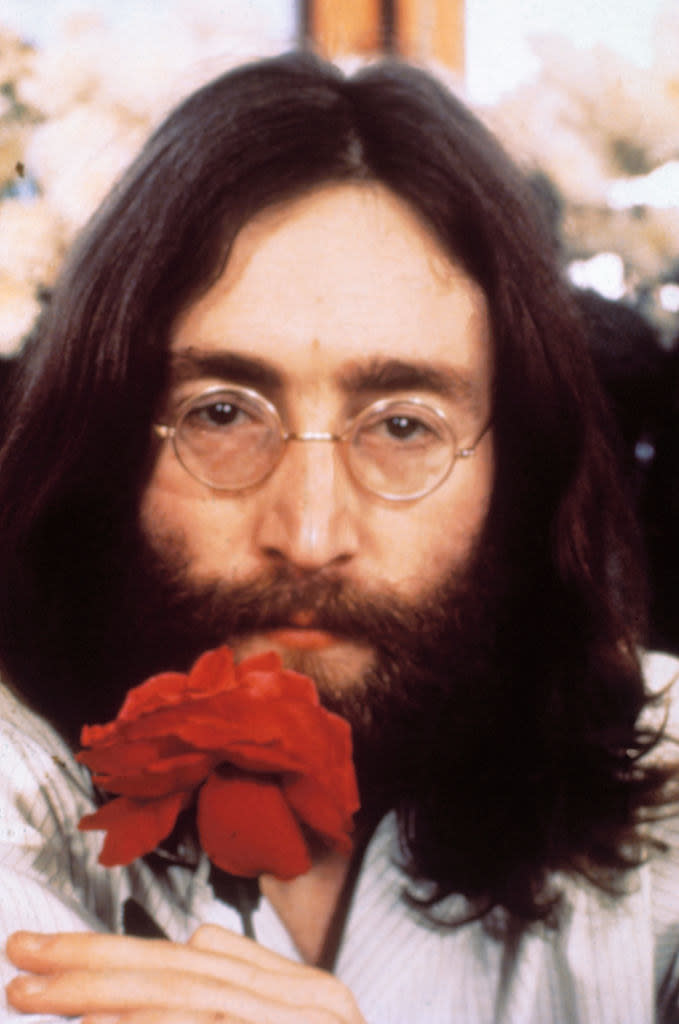
After overhearing that the patient was John Lennon, Weiss called his bosses to tell them that Lennon was dead by 11:50 p.m., a little after an hour from the shooting. Sportscaster Howard Cosell broke the news during the Monday Night Football broadcast. Lennon's death shocked the world, as the former Beatle had been slowly re-emerging into the spotlight with new music after several years away. In the few days before his death, Lennon had given several interviews about his career. When asked his thoughts about Beatles fans in England who were allegedly unhappy about Lennon's solo success, he responded, "What they want is dead heroes, like Sid Vicious and James Dean. I’m not interested in being a dead f***king hero."
5.It comes as no surprise to me that Dolly Parton is so talented that she can use her NAILS as an instrument. During a 2019 appearance on The Tonight Show with Jimmy Fallon, Parton revealed that a typewriter-like sound on her hit song "9 to 5" was achieved by tapping her signature acrylic nails together. "When I actually wrote this song, I used my acrylic nails on the set when I was writing it," she told Fallon. "They make noise that kind of sounds like a typewriter." Parton added that the nails even received credit for their performance. "It says Nails by Dolly on the album!"

6.Maybe I'm biased because I wholeheartedly believe that Home Alone is the greatest Christmas movie of all time, but the behind the scenes details from the making of the film are pretty fascinating! John Hughes, who was famous for writing movies like The Breakfast Club and Ferris Bueller's Day Off in record time, got the idea for the script during a family vacation. "I was going away on vacation, and making a list of everything I didn't want to forget," he told Time. "I thought, 'Well, I'd better not forget my kids.' Then, I thought, 'What if I left my 10-year-old son at home? What would he do?'" He ended up writing the script in just nine days.
20th Century Fox / Via giphy.com
Although the writing process appeared to be smooth sailing, production was a bit rockier. The movie's rights originally belonged to Warner Brothers. Budgetary disputes during pre-production actually almost led to the cancelation of the project! Hughes said that production costs reportedly totaled about $14.7 million, while Warner Brothers refused to pay more than $14 million for the project. Luckily, 20th Century Fox stepped in and purchased the rights to the script, allowing filming to proceed as scheduled.
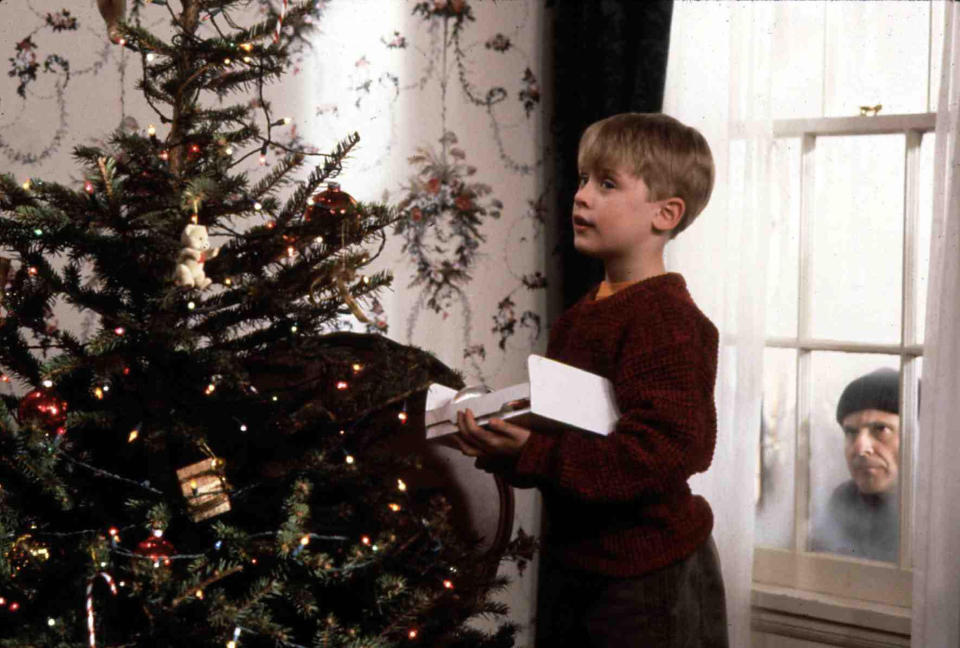
During filming, Joe Pesci allegedly tried to stay as far as possible from Macaulay Culkin on set so that Culkin would actually be scared of him. Culkin revealed that Pesci took method acting very seriously. "In the first Home Alone, they hung me up on a coat hook, and Pesci says, ‘I’m gonna bite all your fingers off, one at a time,'" Culkin said. "And during one of the rehearsals, he bit me, and it broke the skin." Home Alone went on to become the highest-grossing film of 1990, and remained in the top 10 films until June 1991. It even earned a Guinness World Record for the highest-grossing live-action comedy. Home Alone held the record for 25 years until it was beat out by Never Say Die, a Chinese comedy.
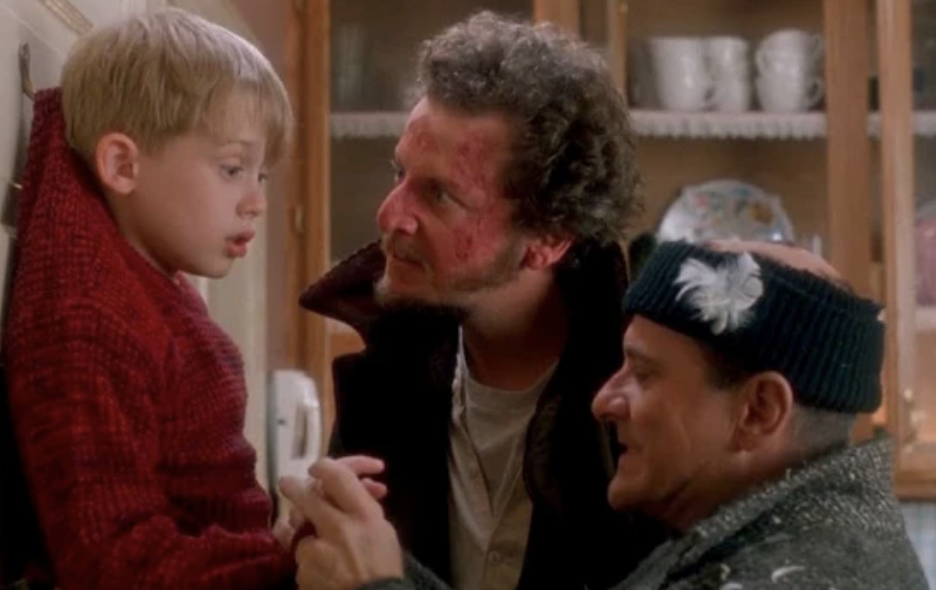
7.Back in the 1980s, Steve Martin reportedly would hand out business cards reading: “This certifies that you have had a personal encounter with me and you found me warm, polite, intelligent, and funny," to autograph seekers as a quick way to acknowledge fans. Honestly, it's a pretty smart idea! Some of the cards even appear available to purchase on eBay. In the years since, actor Jonah Hill has adopted a similar method, although his card allegedly reads, "I just met Jonah Hill…and it was a total letdown."
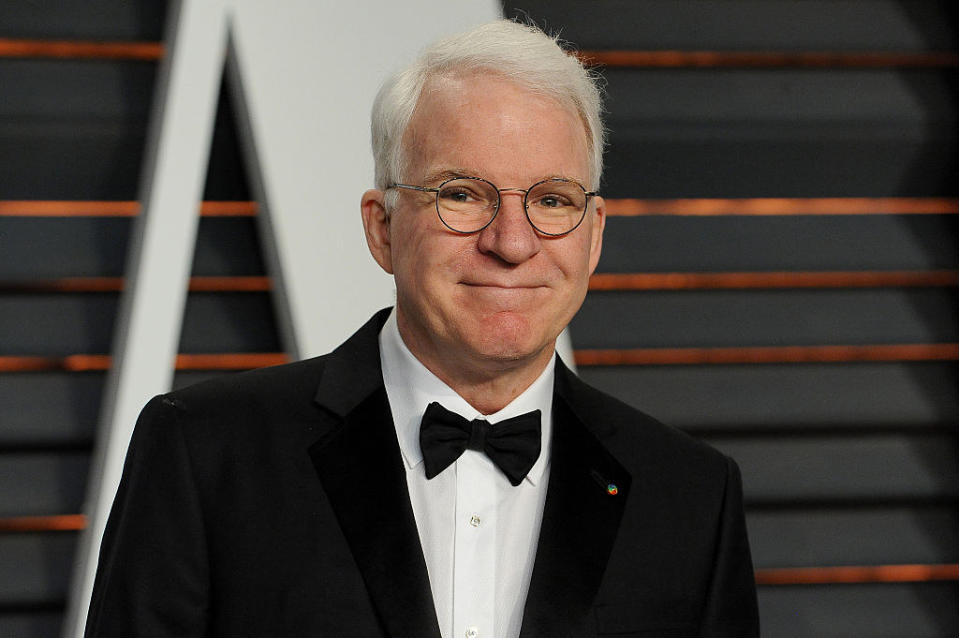
8.Before heading to the moon in 1969, NASA faced a major challenge in developing a spacesuit that was inflated, pressurized, tough enough to withstand vast temperature ranges, and flexible. Many defense contractors entered bids to design the spacesuits that would make it to the moon, until one unlikely competitor ended up with the job. Playtex, famous for manufacturing bras and shapewear, ended up winning the contract to develop the spacesuits. They were eventually named a subcontractor to Hamilton Standard, which was a leading defense contractor.
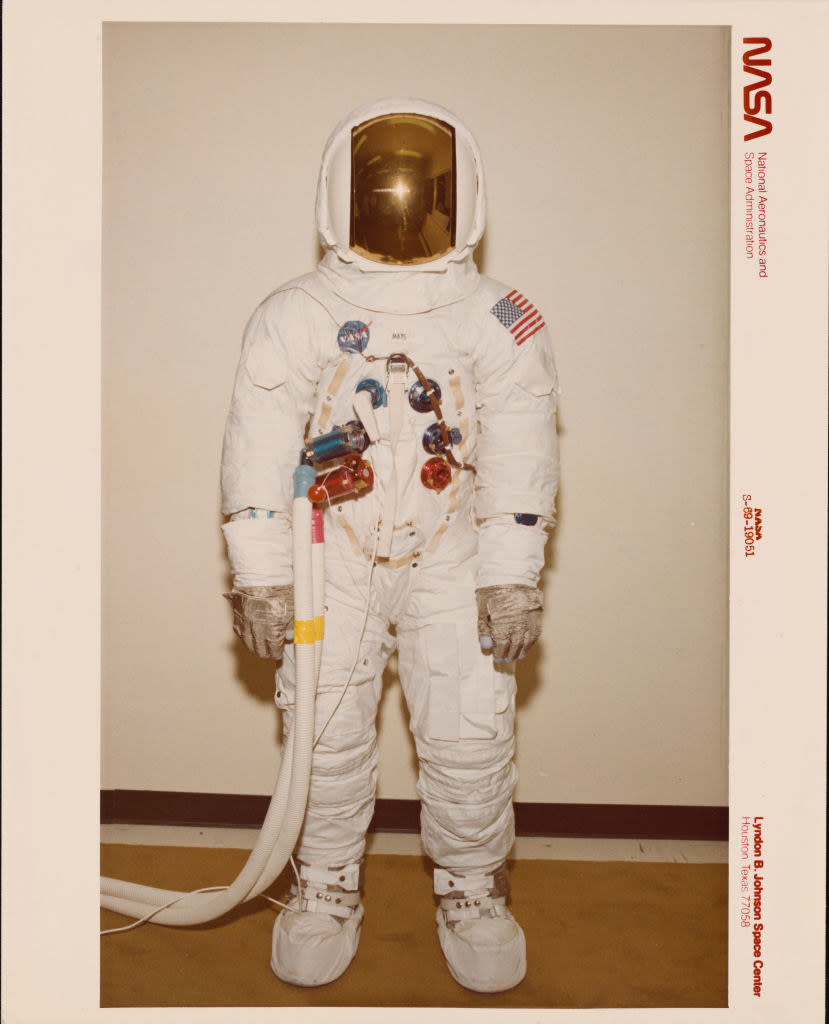
In 1965, Hamilton Standard decided to remove Playtex from the project because they allegedly wanted to design the spacesuits on their own. After Playtex's firing, NASA decided to hold a competition to once and for all decide who would be developing the spacesuit. The issue? They didn't invite Playtex. Company officials headed to NASA's Houston headquarters and asked for a shot at entering the competition. In just six weeks, Playtex developed their version of the spacesuit, complete with 21 layers that allowed astronauts to complete their essential functions. Their suit went head-to-head with those developed by the major defense contractors, and ended up beating them all out.
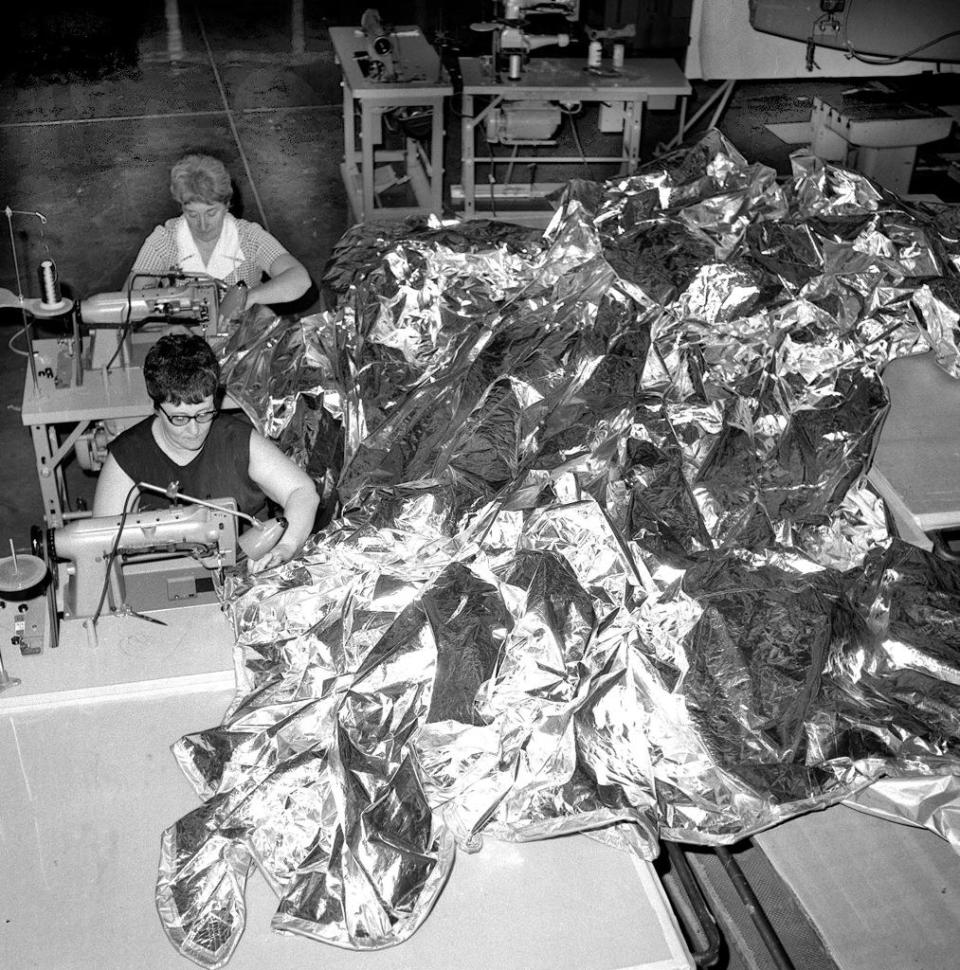
To further demonstrate the quality of their spacesuit, Playtex sent a technician out to play football while wearing the suit, which was inflated by attached air hoses. He was able to play for hours, thus proving that Playtex's design could withstand intense physical activity. They won the bid, and got to work producing spacesuits that were specifically tailored to each astronaut. Some of the layers were made of the same materials Playtex used to manufacture their bras. On the 25th anniversary of the moon landing, astronaut Neil Armstrong called the suits "tough, reliable, [and] almost cuddly," and said it was "true beauty" that they worked so well.
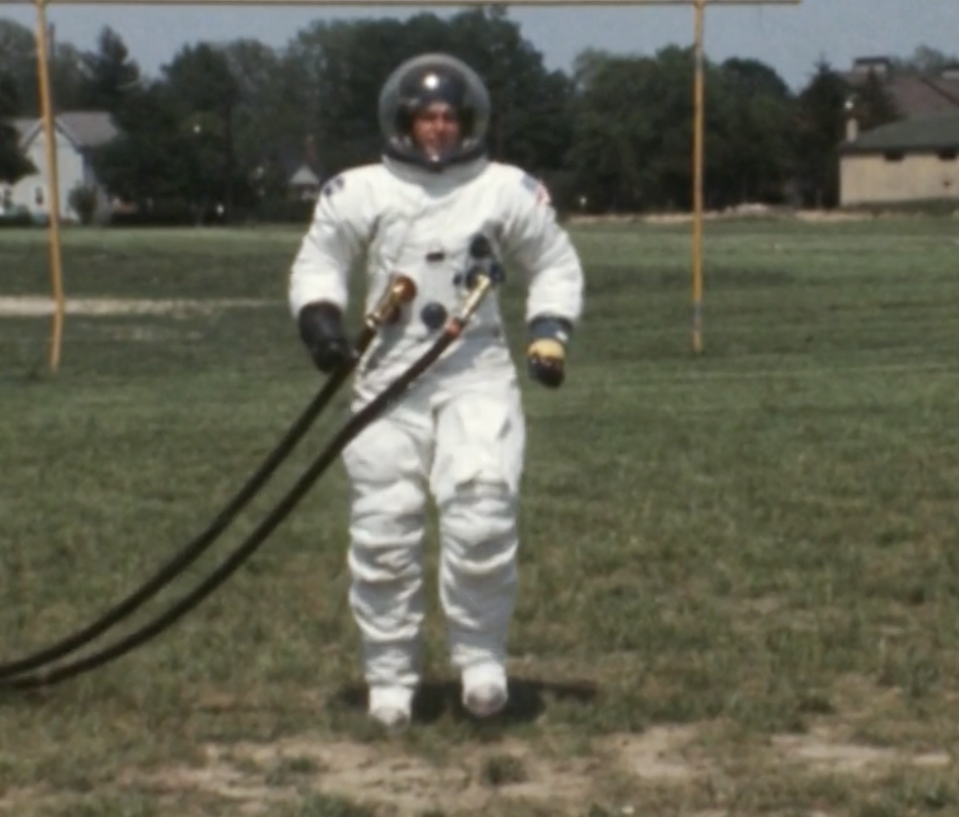
9.Ever wondered why saffron is so expensive? It's all in the harvesting. Only a tiny portion of the saffron flower is used in cultivating the spice. It must be harvested by hand, meaning it takes a long time to accumulate. In fact, it's estimated that it takes about 75,000 saffron flowers to make one pound of saffron spice!

10.When Princess Diana was killed in 1997, Elton John was tapped to perform a song for her funeral. John asked his longtime songwriting partner, Bernie Taupin, to write a song similar to his 1973 hit "Candle in the Wind," which was written about Marilyn Monroe's death. In 2014, Taupin told Rolling Stone that he had been a huge Monroe fan and wanted to write a song that explained that "the reason she was so popular, was that she was very much somebody people could fall in love with without her being out of reach." The term "candle in the wind" actually came from Clive Davis, who used the phrase to describe singer Janis Joplin after her death in 1970.
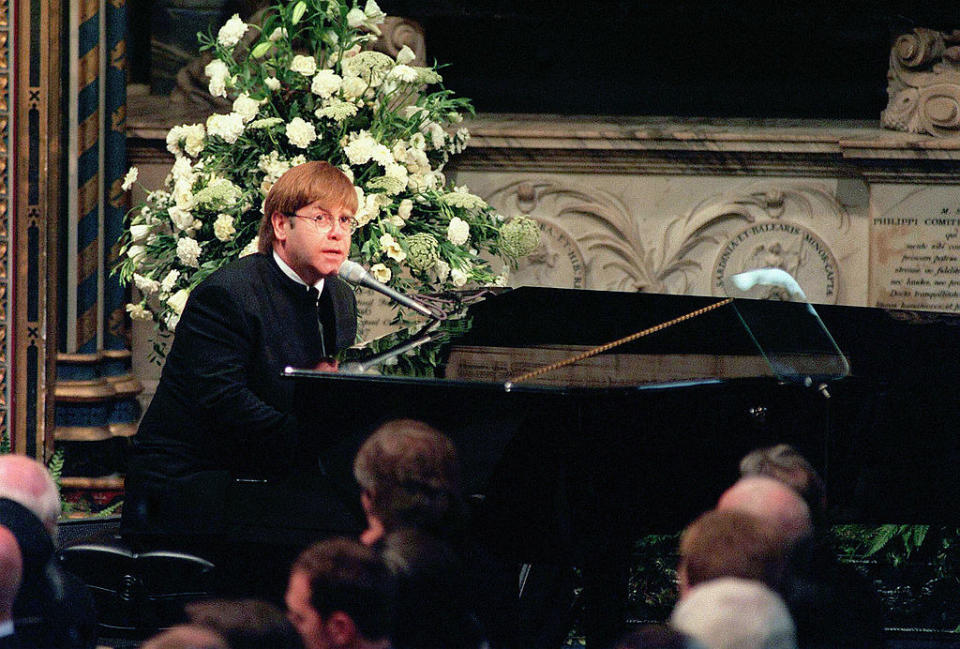
The exact story of what happened is a tad unclear. Taupin said he misunderstood John's request, and ended up tweaking the original "Candle in the Wind" lyrics to reflect details about Diana's life instead of penning an entirely new track. Meanwhile, in Me, John's memoir, he revealed that Richard Branson had asked him to create a new version of "Candle in the Wind" on behalf of Diana's family. "Candle in the Wind" was reportedly one of her favorite songs. Regardless of how it all went down, John performed the new version, dubbed "Candle in the Wind '97" at Diana's funeral.
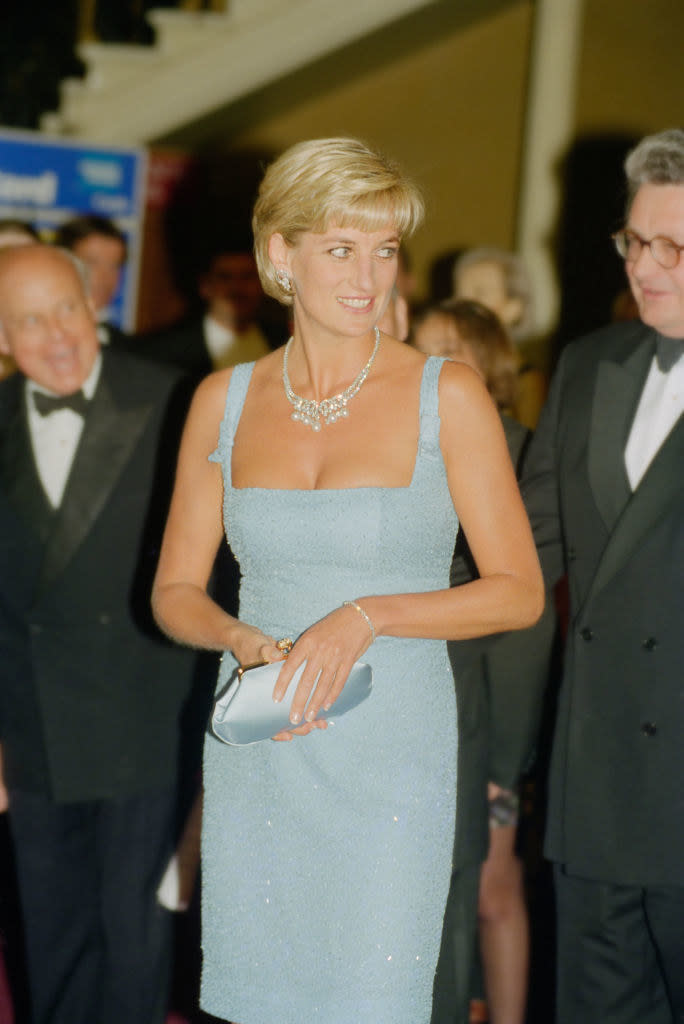
The song immediately became a smash hit. In fact, it remains one of the biggest selling songs of all time! "Candle in the Wind '97" ended up selling 33 million copies, was the only song to ever be certified Diamond in the United States, and remained on the charts in Canada for three years. In the wake of Diana's death, news footage showed people lining up outside of record stores in London to secure their own copy of the song. Despite the success, John said he will only play the song at the request of William and Harry, Diana's children. It has not appeared on any of John's albums, and was only released as a single. In his memoir, John wrote that he thought the song's continued success was confusing. "It almost felt like wallowing in her death, as if the mourning for her had got out of hand," he wrote.
11.Churchill, a town in Manitoba in Canada, is often called the polar bear capital of the world. As a result, town officials have developed several strategies to keep citizens safe, should they have a run-in with a polar bear. In 2000, the town closed their open-air dump to prevent curious bears from coming into town to scope out scraps and food. Many citizens leave their doors unlocked so that anyone who comes face-to-face with a polar bear can run inside for protection. The town is even testing out military radar that can detect polar bears, so they can issue those in the bear's path with proper safety warnings, and use tactics like loud noises and strobe lights to deter the creatures.
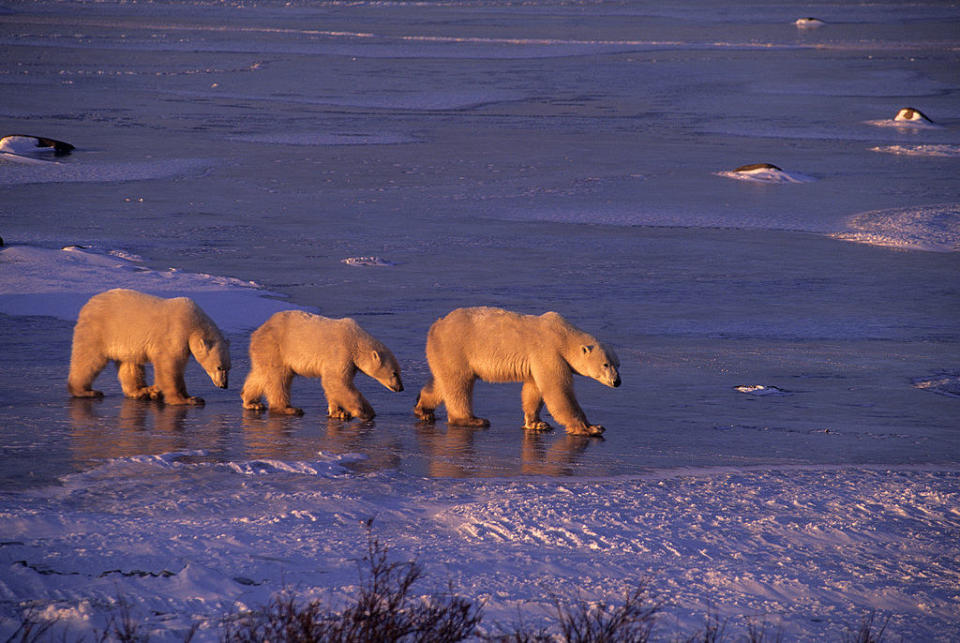
12.President Harry Truman and his wife, Bess, might have one of the sweetest presidential love stories I've ever heard. Harry first met Bess Wallace during Sunday school at the First Presbyterian Church in Independence, Missouri in 1890, when he was 6 years old and she was 5. For years, Harry would frequently talk about the "beautiful curly haired girl...the most beautiful girl I ever saw." Harry allegedly said that he was never attracted to any other woman and never went on any dates because he was so infatuated by Bess.
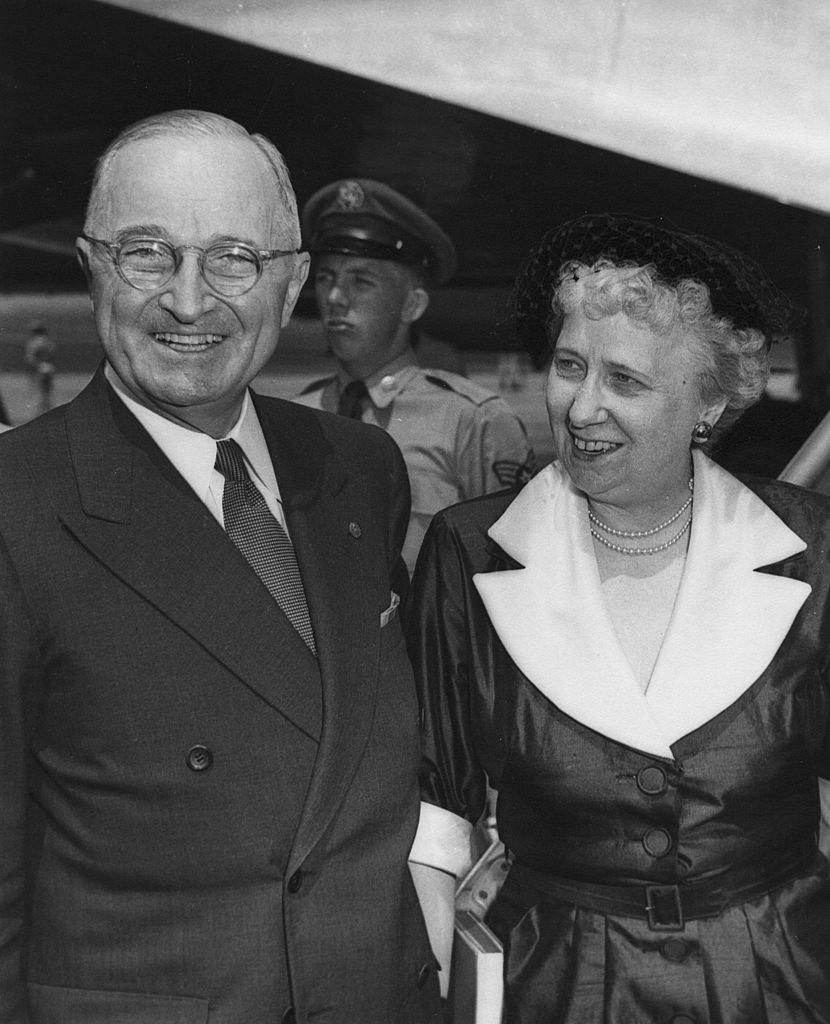
It wasn't quite love at first sight for Bess. Through high school, Bess reportedly would let Harry walk her home from school, which he saw as an encouraging sign. "I was lucky if I got to carry her books home for her sometimes," he said. Soon, Harry and Bess were separated. Bess's father died by suicide, so her mother moved them away from their Missouri home. Meanwhile, Harry's family fell on financial hard times, so he headed to Kansas City to find work. In 1906, Harry moved back to Missouri, right around the time when Bess also moved back to live with her grandparents. In a twist of fate, Harry's aunt just so happened to live across the street from the home Bess shared with her grandparents. In the fall of 1910, Bess's mother sent a cake over to Harry's aunt. Harry saw this as an opportunity to see Bess, and volunteered to return the cake plate.
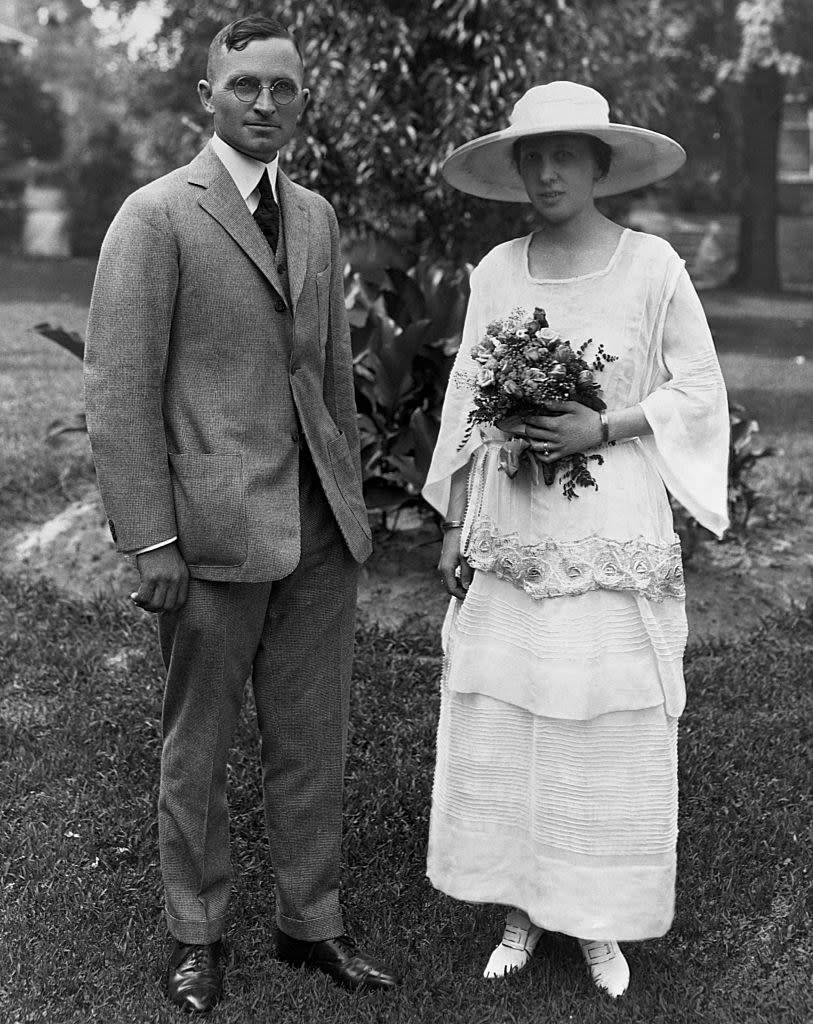
By December 1910, the pair began exchanging letters, and Harry frequently took Bess on outings. In April 1911, Harry broke his leg, leaving him unable to travel to see Bess. Unsure of what to do, Harry decided to propose to Bess via letter. "You may not have guessed it, but I've been crazy about you ever since we went to Sunday school together," he wrote. "But I never had the nerve to think you'd even look at me. ... I can't keep from telling you what I think of you." After thinking it over for several days, Bess turned him down, but they remained friends. In November 1913, Bess told Harry that her feelings had changed, and she was in love with him. They married in 1919, and were together for over 60 years.
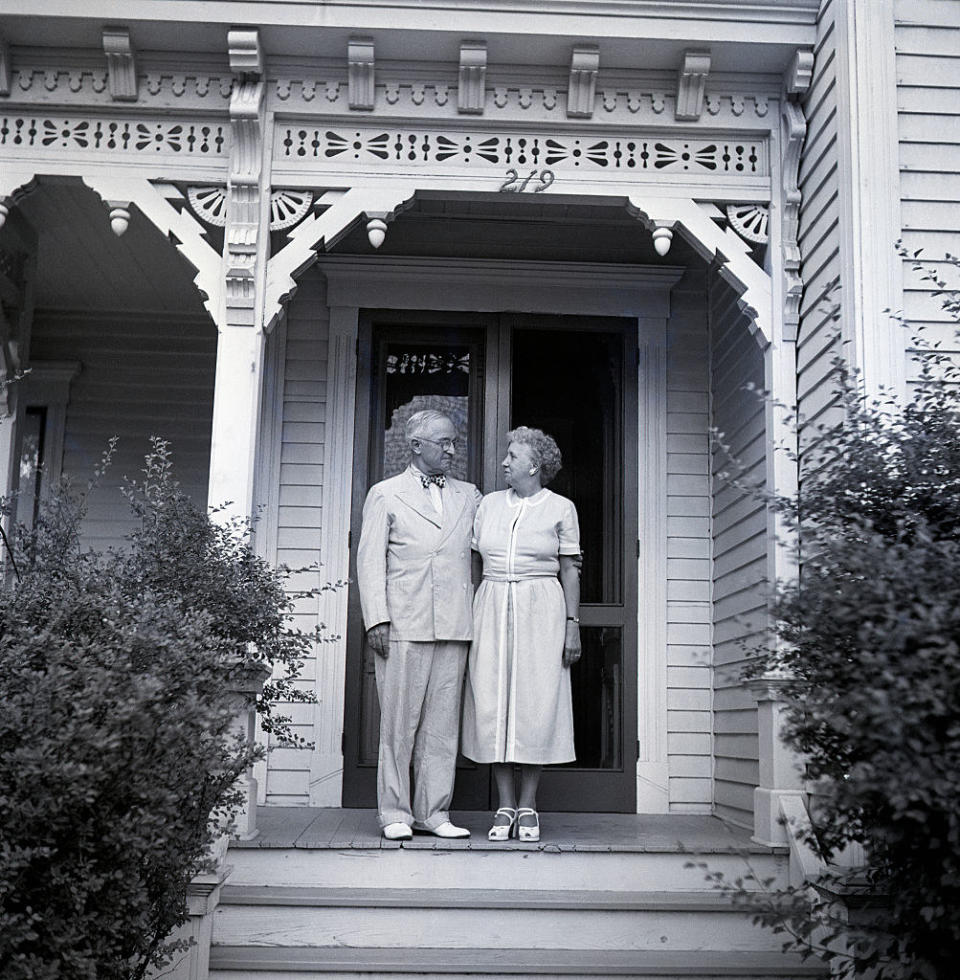
13.Adventurous eaters, this one's for you! There's a possibility that some of the food left on board the Titanic was still edible through the 1980s. According to Holger W. Jannasch, a biologist, there was likely some lingering brie and wine in the ship's pantries after it sunk in 1912. In 1985, Jannasch revealed that as long as the brie was boxed, it would probably still be okay to eat, as the conditions under the sea halted the cheese's degradation process. He added that any wine "may still be drinkable and possibly of excellent quality, the normal aging process being slowed down during the [then 73] years of deep-sea storage at about 36°F."
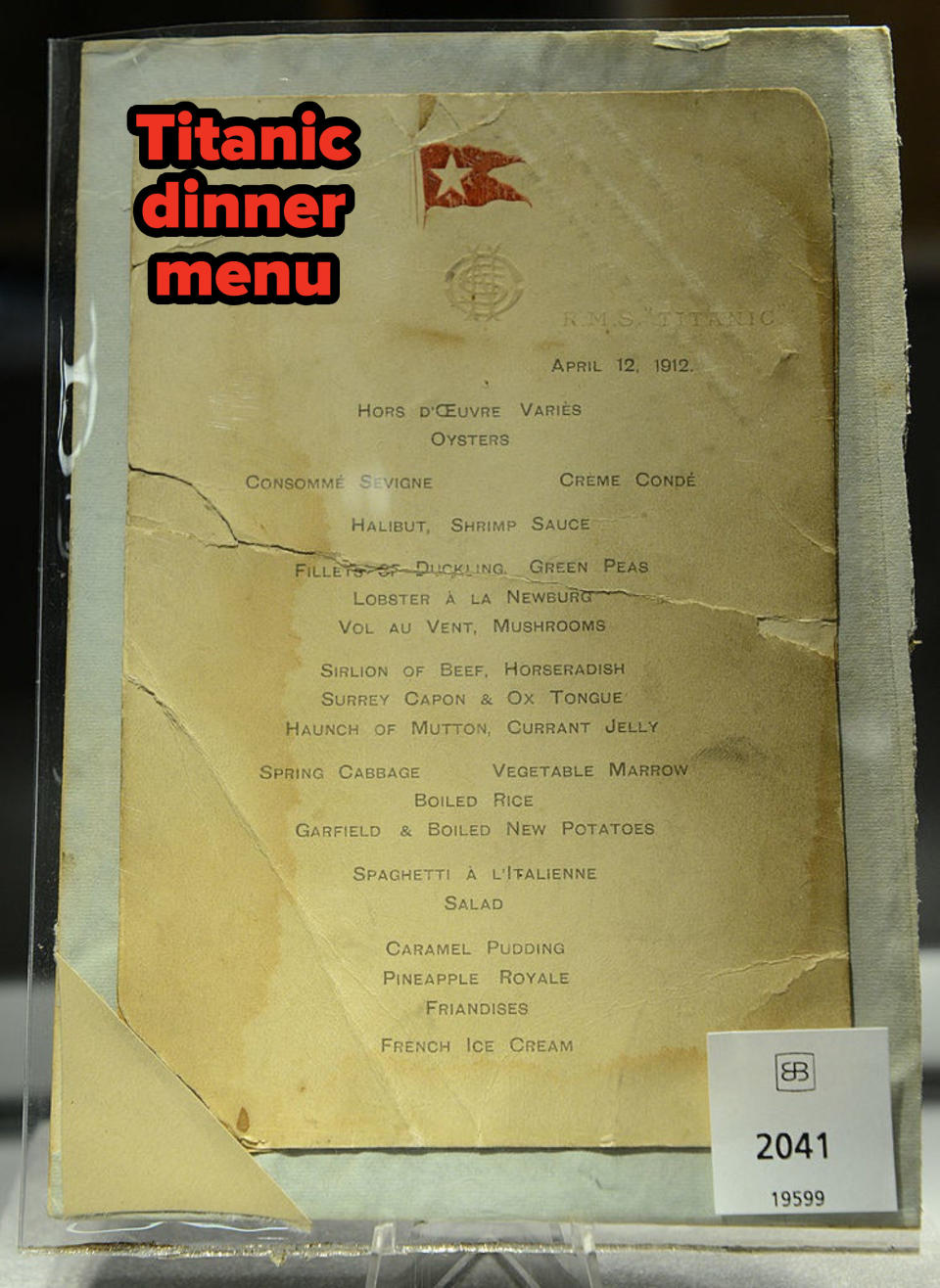
14.While there's no question that Wham!'s "Last Christmas" is a certified Christmas classic, it took the song 36 years to reach No. 1 on the British charts. When the song was released in 1984, it hit No. 2, and even earned the honor of being the highest-grossing UK single of all time that didn't reach No. 1. So, what song was blocking it? It was none other than Band Aid's "Do They Know It's Christmas," which Wham!'s George Michael actually appeared on.
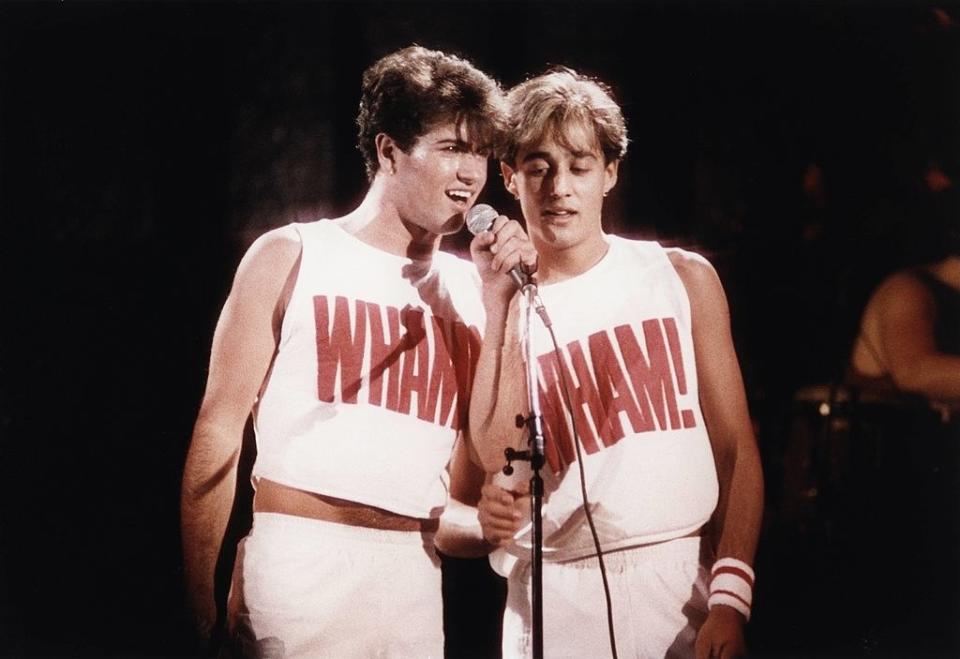
In 1984, dozens of British stars gathered to perform "Do They Know It's Christmas," with all proceeds from the song going toward Ethiopian famine relief. Michael actually ended up donating all of the profits that he earned from "Last Christmas" to the same cause. "Band Aid was great, but it was only one day out of everybody’s lives," he said in a statement. "I don’t think that’s enough. And you can’t not have a conscience about these things when you’re making a ridiculous amount of money. I tried to get the record company, CBS, to give their share, too, but they didn’t want to 'set a precedent.' But I hope some other people in the Christmas Top Ten will do the same."
15.While it's pretty much impossible to attend a concert without seeing what feels like a million cellphones in the air, the phenomenon was first reported at a U2 concert in Chicago. The phones replaced the once-popular tradition of holding lighters in the air during performances. Soon, artists started encouraging concertgoers to hoist their phones in the air during shows. "It makes it look like the stars at night," Duran Duran frontman Simon Le Bon told the crowd at a 2005 show at Madison Square Garden. "And it makes you all look so much more beautiful."

16.In 1976, children around the world were likely devastated when Mister Rogers announced he was going on a hiatus. While Mister Rogers' Neighborhood was on pause for three years, Rogers ended up coming back from his extended break to film what would be his only holiday special. Although the 1977 special was called Christmastime with Mister Rogers, Rogers ensured he kept up his trademark theme of inclusivity by including Hanukkah songs like "I Have a Little Dreidel."
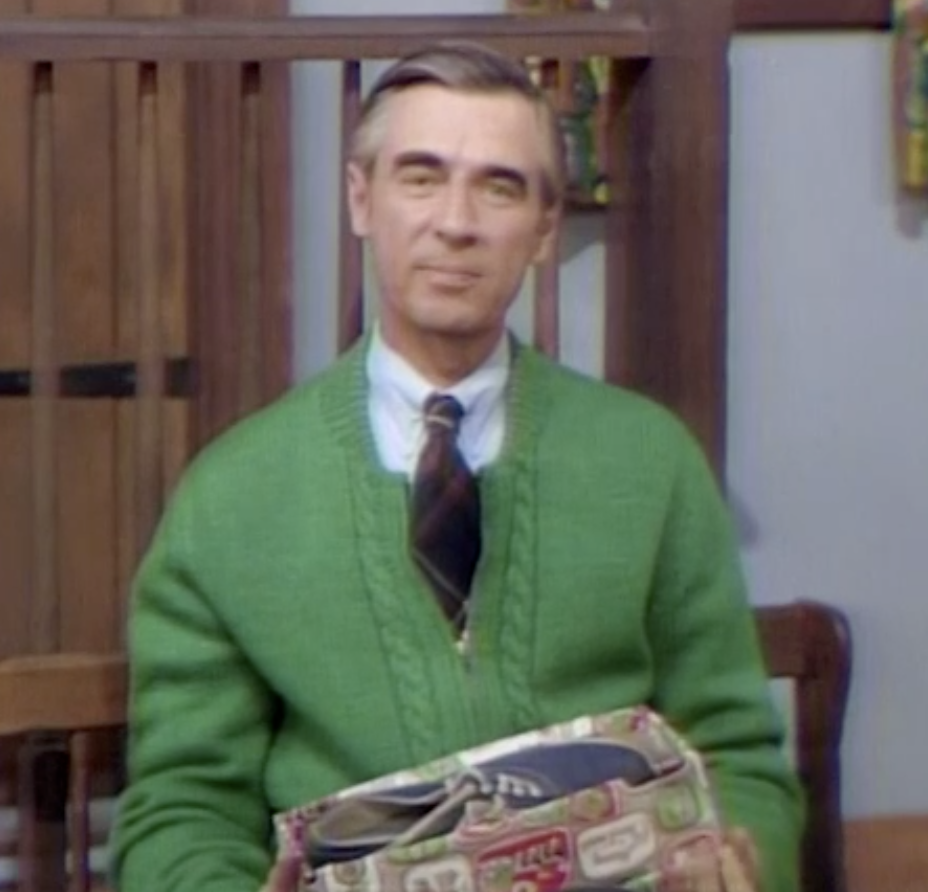
For the children who didn't celebrate Christmas or Hanukkah, Mister Rogers invented his own holiday by wishing everyone a "Merry Slopperydozafanoondapuck." While this was likely quite a mouthful for young audiences, the holiday had a sweet message, translating to "what a difference one person can make."
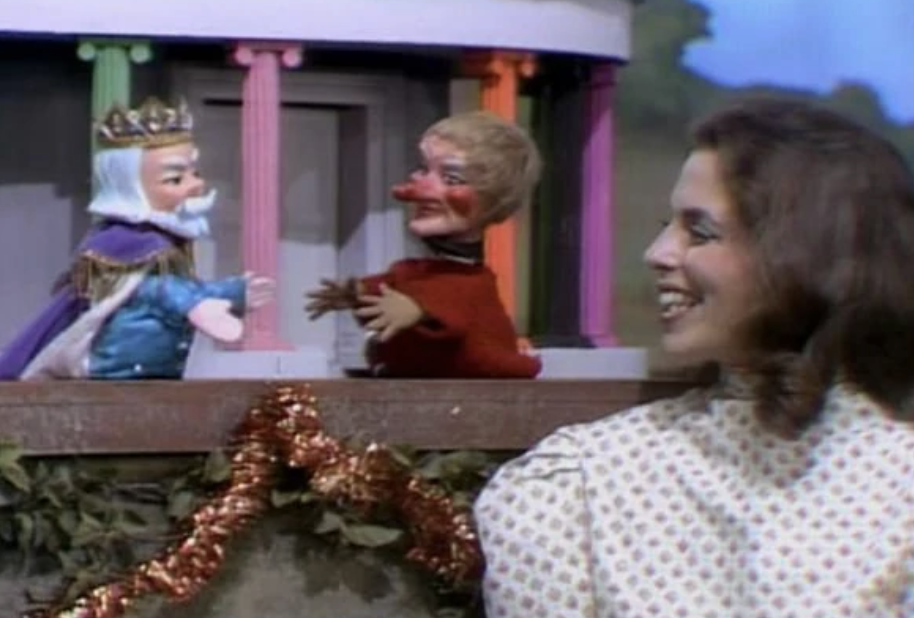
17.When Bob Barker took over the reins of The Price Is Right on September 4, 1972, his inaugural prize was a fur coat, an item he would later refuse to promote on the show. Barker, who celebrated his 99th birthday this week, later became an animal rights activist who banned many animal products from the show, including furs. Barker also called out CBS for offering trips to SeaWorld and the Calgary Stampede as part of The Price Is Right prize packages, and claims that he was snubbed from the show's 40th anniversary taping because of his comments.
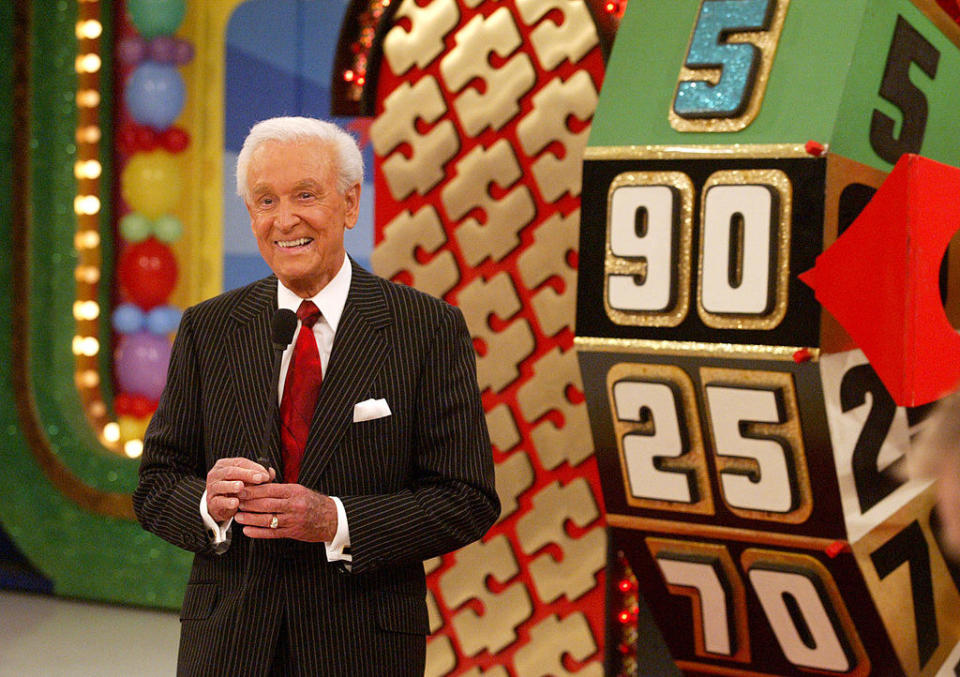
18.Chances are, if you celebrate Christmas, you grew up hearing the story of Rudolph the Red-Nosed Reindeer, singing the classic song, or watching the beloved stop-motion adaptation. Rudolph made his official debut in 1939 as a sales gimmick by Montgomery Ward, a department store. Ahead of the holiday season, the store asked copywriter Robert L. May to develop a Christmas story that they could give away to shoppers to help promote the store. The company actually thought this would be a cost-saving measure. In previous years, they had purchased coloring books from another vendor to give away, and allegedly believed that they could save money by producing their own.

The story became a huge hit. In the first year of distribution, Montgomery Ward reportedly gave away 2.4 million copies of Rudolph the Red-Nosed Reindeer. After about a decade, the store gave May the rights to the story. May's brother-in-law, Johnny Marks, decided to turn the story into a song, which was sung by Gene Autry and released in 1949. In 1960, Marks became friends with Arthur Rankin, an animator who had joined forces with Jules Bass to form Rankin/Bass, a production company that developed children's TV specials. By 1964, Rudolph the Red-Nosed Reindeer had made its TV debut, and has aired every single year since, making it the longest-running Christmas special in history.
Rankin/Bass / Via giphy.com
19.Through the late 1960s, men with long hair were not allowed in Disneyland. While Disney did not officially have a dress code for guests, they did have one for employees, which stated that male employees were not permitted to have mustaches, beards, or long hair. The dress code was allegedly implemented because Disney officials associated men with facial hair or long hair with hippies, beatniks, and those who promoted "un-American activities," which they believed went against Disney's image. By the 1970s, the unofficial dress code for guests was lifted.

20.And finally, if you thought Elvis Presley deserved all of the credit for "Hound Dog," then you'd simply be incorrect. Before Presley put his own spin on the song, Big Mama Thornton, also known as Willie Mae Thornton, recorded the track in 1952, five years before Presley. Her version spent seven weeks at the top of the Billboard R&B chart, but largely lost notoriety once Presley released his cover. Thornton, who grew up in Alabama, was first introduced to music through the Baptist church. She left home in 1940 and joined Sammy Green's Hot Harlem Revue, where she was dubbed the "New Bessie Smith."
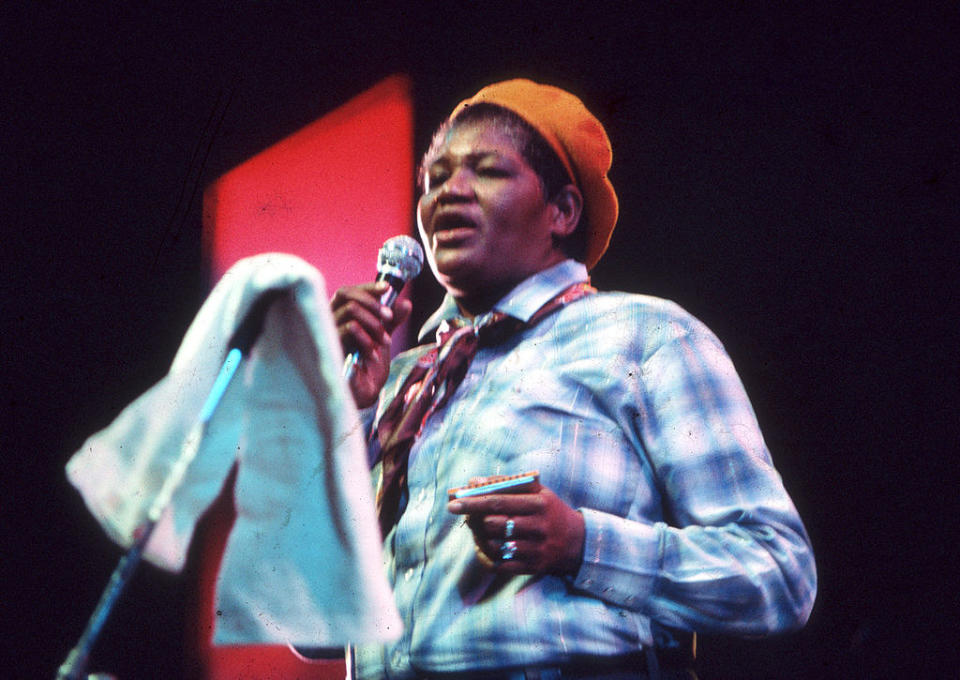
In 1948, Thornton moved to Houston and signed a recording contract with Peacock Records in 1951, where she got the opportunity to record "Hound Dog." By the 1960s, Thornton began touring through Europe, where she was one of the few female blues acts to break through. She achieved one of her lifelong dreams in 1969 when she signed a deal to record a gospel album. While the blues movement in America began to lose steam in the 1970s, Thornton continued to tour through Europe. She was inducted into the Blues Hall of Fame in 1984.
